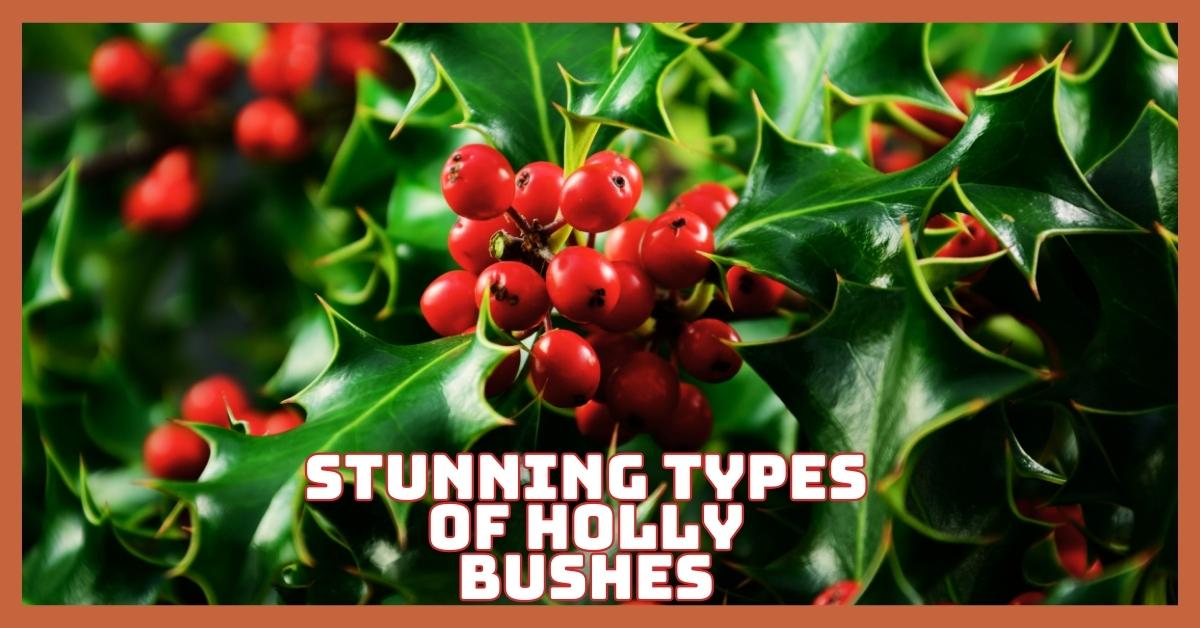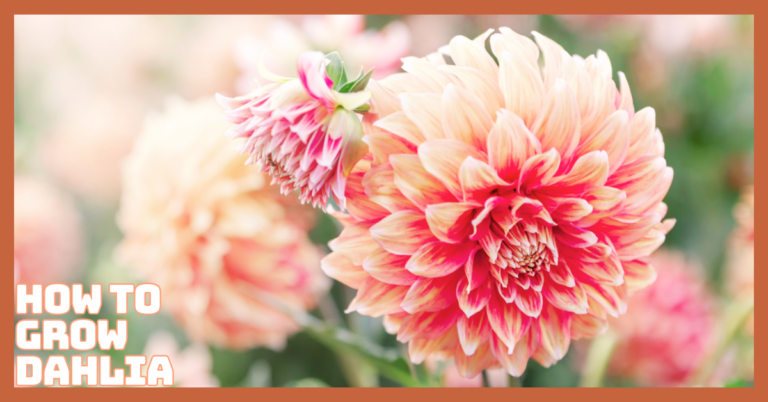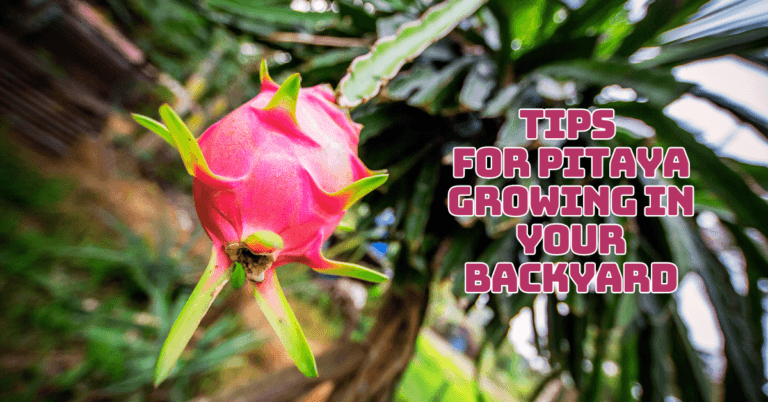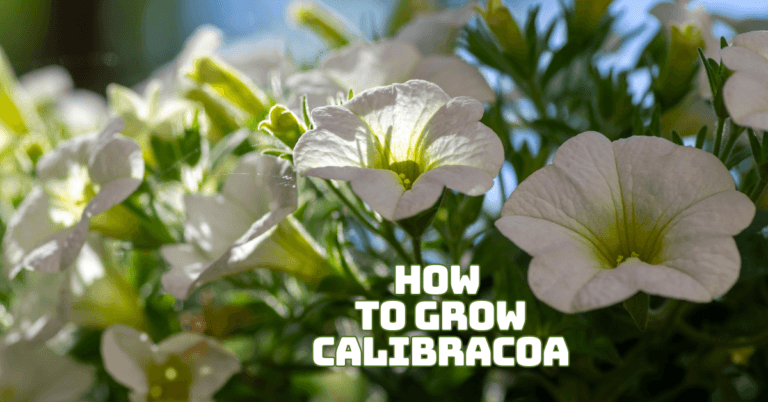Stunning Types of Holly Bushes for Year-Round Beauty
Holly bushes are popular ornamental shrubs known for their glossy green leaves and vibrant berries. With hundreds of varieties, they offer year-round beauty, seasonal charm, and practical uses like privacy screens and wildlife support.
To assist you in selecting the ideal holly shrub for your garden or landscape, we will examine the many varieties in this post, emphasizing their special qualities, requirements for growth, and applications.
Popular Types Of Holly Bushes
1. American Holly (Ilex opaca)
Native to the eastern United States, American holly is a classic evergreen with a pyramidal shape and spiny, dark green leaves. Although it can reach fifty feet, it is frequently trimmed to a shrub for use in home settings.
Features
This holly features rich, glossy green leaves and bright red berries that create striking visual interest, especially in winter.
With a naturally slow growth rate, it’s easy to maintain and shape, making it an excellent option for gardeners who want long-lasting beauty without constant pruning or upkeep.
Uses
Holly’s dense foliage makes it ideal for privacy screens and hedges, while its elegant form suits woodland gardens. The red berries and evergreen leaves are also widely used in holiday wreaths and arrangements, adding both charm and colour to seasonal decorations indoors and outdoors.
Growing Tips
To grow American holly successfully, plant it in acidic, well-drained soil during spring or fall. The plant should be at ground level when the hole is dug twice as wide and as deep as the root ball.
After planting, give it plenty of water, and mulch the ground to keep it wet and keep weeds out. Holly prefers consistent moisture but is drought-tolerant once established.
It’s cold-hardy in USDA Zones 5 to 9. Fertilize annually in early spring with an acid-loving plant fertilizer. Prune sparingly to shape and encourage dense, attractive foliage.
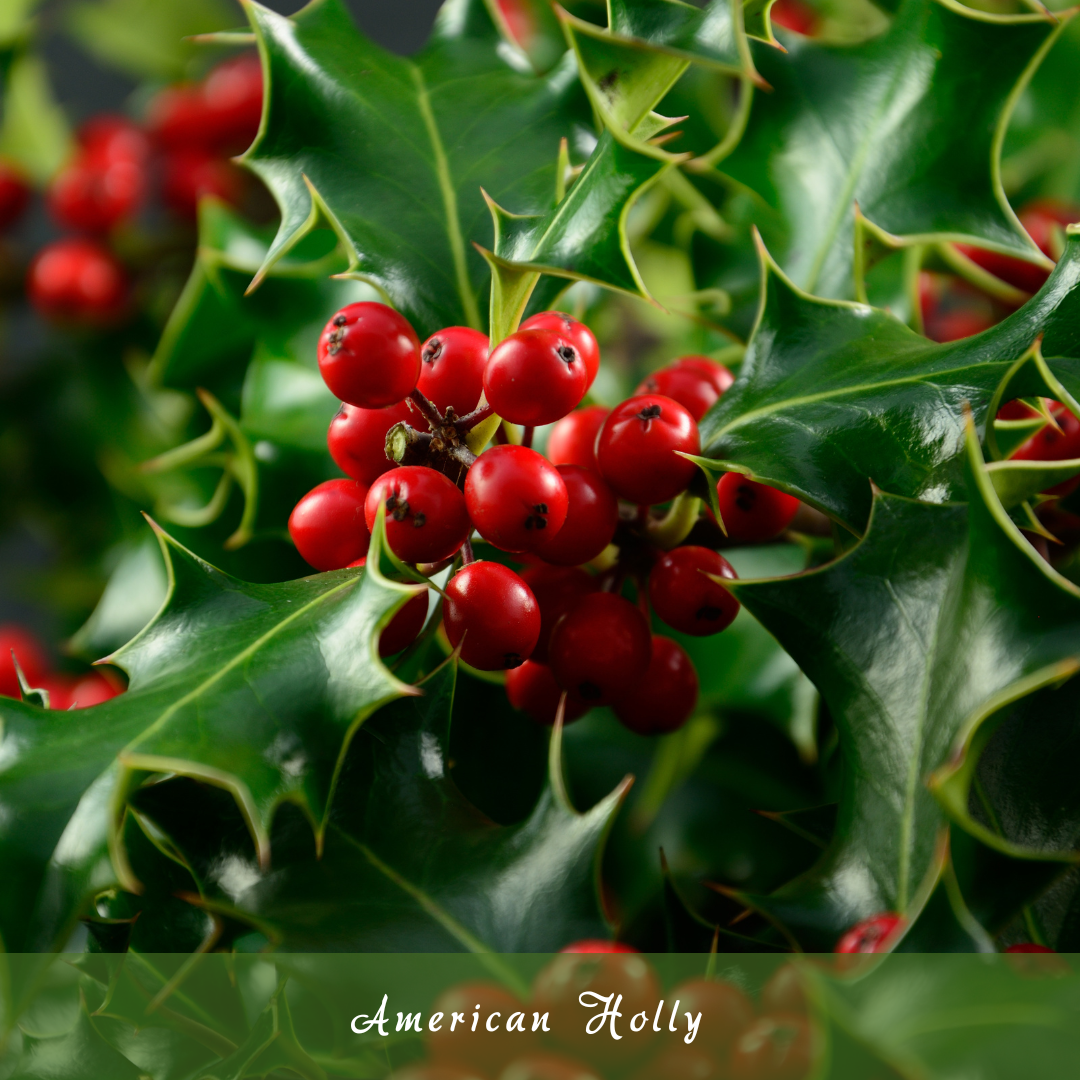
2. Dwarf Holly Varieties
Dwarf holly varieties are compact, low-maintenance shrubs that offer all the charm of full-sized holly bushes, but in a more manageable form. These smaller plants are perfect for gardens with limited space.
Features
Dwarf holly varieties typically have the same glossy, spiny leaves and bright berries as their larger counterparts, but are bred to stay compact.
These shrubs often grow between 1 and 3 feet in height, making them perfect for smaller gardens, borders, or containers. Their dense growth adds structure to gardens year-round.
Uses
Dwarf hollies are ideal for low hedges, container gardening, or foundation plantings. Their compact size makes them perfect for accenting flower beds or creating ornamental borders.
Dwarf varieties like ‘Little Red’ and ‘Compacta’ are also great for adding year-round interest in rock gardens or as small specimen plants.
Growing Tips
To grow dwarf hollies successfully, start by planting them in spring or early fall in well-drained, acidic soil. Verify that the hole is twice as big and as deep as the root ball. Water thoroughly and apply mulch to conserve moisture and suppress weeds.
Dwarf hollies are cold-hardy in USDA Zones 5–9 and require minimal upkeep. Prune lightly each spring to maintain their compact form and remove any dead or crossing branches. These plants thrive with consistent care.
3. Japanese Holly (Ilex crenata)
Japanese holly is one of the many types of holly bushes, known for its smooth, rounded leaves and suitability for formal gardens and hedging. It has small, rounded leaves and does not have the prickly edges found in American varieties.
Features
Japanese holly has small, smooth-edged, oval leaves that resemble boxwood rather than traditional holly. It produces small black berries instead of red ones and has a dense, compact growth habit. This gives it a neat appearance, making it ideal for gardeners seeking a refined and low-maintenance evergreen shrub.
Uses
Due to its tidy and compact form, Japanese holly is popular in formal landscaping. It’s excellent for shaping into low hedges, borders, and even topiaries.
Landscapers also use it as a boxwood alternative, especially where diseases like boxwood blight are a concern. It fits nicely in modern and traditional gardens.
Growing Tips
To grow Japanese holly, plant it in well-drained, slightly acidic soil in spring or early fall. Pick an area that gets full sun to partial shade for optimum growth. Water deeply after planting and mulch around the base to conserve moisture.
Throughout the first growth season, water frequently to ensure that the roots are strong. Once established, it becomes drought-tolerant and low-maintenance. Hardy in USDA Zones 5–8.
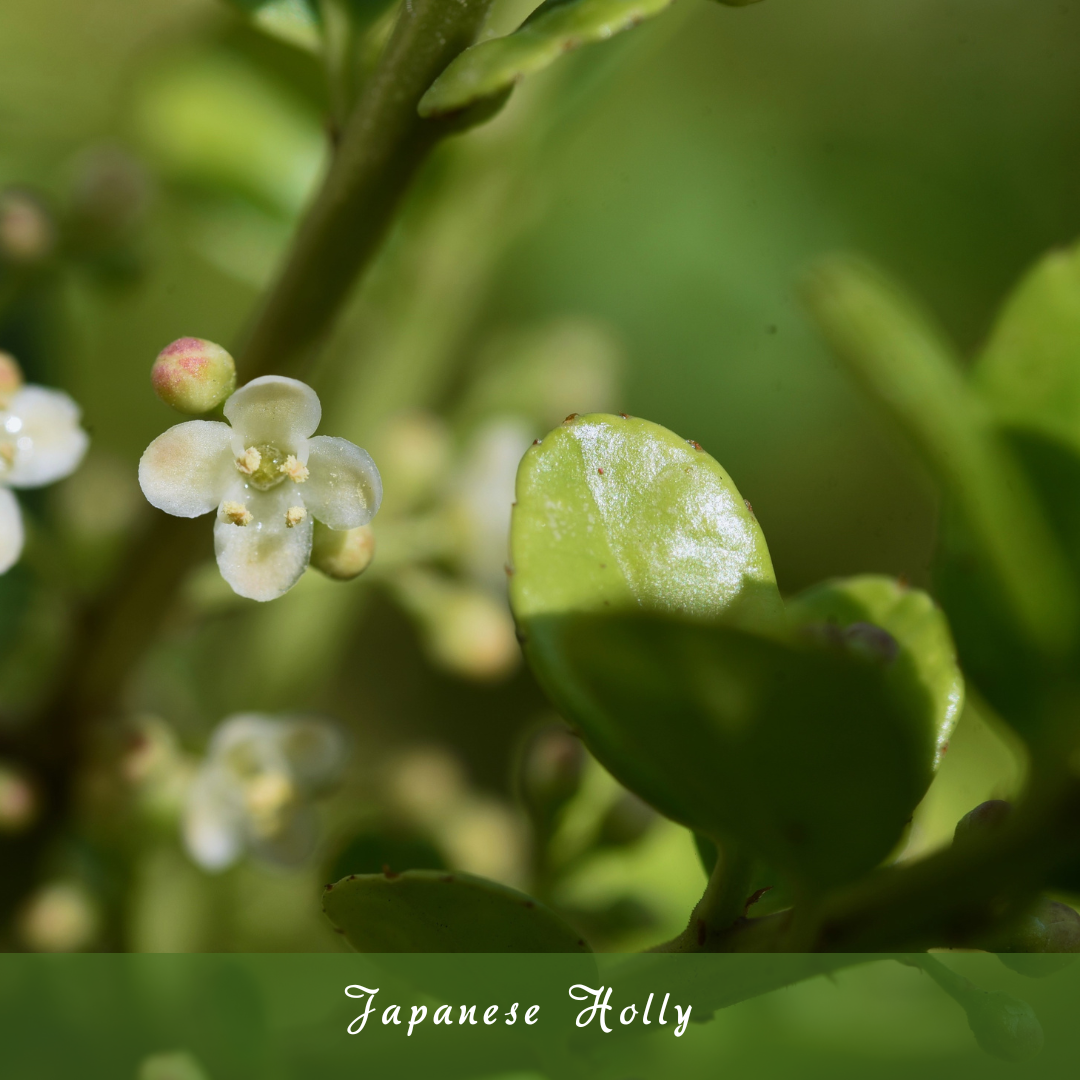
4. English Holly (Ilex aquifolium)
One of the varieties of holly bushes that is indigenous to Europe but is commonly grown in the United States is the classic Christmas holly. It boasts sharply toothed leaves and vibrant red berries.
Features
English holly is a traditional wintertime icon because of its characteristic dark green, glossy, spiky leaves and vivid red berries.
Its upright, pyramidal growth habit gives it an elegant and structured appearance. This holly is one of the most popular choices for holiday decorations.
Uses
English holly is ideal for formal hedges, privacy screens, or as a specimen plant. Its dense foliage and striking red berries make it perfect for holiday wreaths, garlands, and other decorations. It also gives wildlife great refuge and food, particularly in the winter months when there aren't many different options.
Growing Tips
Plant English holly in spring or fall in acidic, well-drained soil. The ideal location for development and fruit production receives full sun to moderate shade. To place the plant at ground level, dig a hole that is twice as large and as deep as the root ball.
Water regularly during the first year to establish strong roots. Once established, English holly requires little care. Dead or damaged branches can be trimmed and reshaped by pruning in late winter or early spring. Hardy in USDA Zones 6 to 8.
Turn Your Passion for Nature Into Income
🌿 Whether you love gardening, caring for animals, or exploring holistic living,
You can share your knowledge online and earn from it.
Discover how nature lovers are growing their passions into meaningful, income-generating blogs. 👇
5. Inkberry Holly (Ilex glabra)
Inkberry is one of the types of holly bushes that offers a more natural look with its smooth-edged leaves, distinguishing it from the spiny varieties. Unlike spiny varieties, its leaves are smooth-edged.
Features
Inkberry holly has smooth, dark green leaves and distinctive black berries that persist through the winter, adding interest when other plants are dormant.
It has a rounded, bushy form and grows in dense clusters, making it an attractive, low-maintenance shrub. Its evergreen nature ensures year-round appeal.
Uses
Due to its dense growth habit, Inkberry holly is perfect for creating natural hedges, privacy screens, or foundation plantings.
Its dark foliage and berries also make it an excellent choice for wildlife-friendly gardens, offering bird shelter and food. It can also be used as an informal hedge or border.
Growing Tips
To grow inkberry holly, plant it in spring or fall in moist, acidic, well-drained soil. Where other shrubs might find it challenging to grow, it flourishes in damp or low-lying locations and prefers full sun to moderate shade.
Level the earth and dig a hole twice as broad as the root ball. Mulch to retain moisture, and water thoroughly after planting. Water deeply after planting and mulch to help retain moisture.
Keep the soil continuously moist during the first growth season to establish roots. Once established, inkberry holly is low-maintenance. Light pruning in early spring helps control size and encourages a fuller shape. Hardy in USDA Zones 5–9.
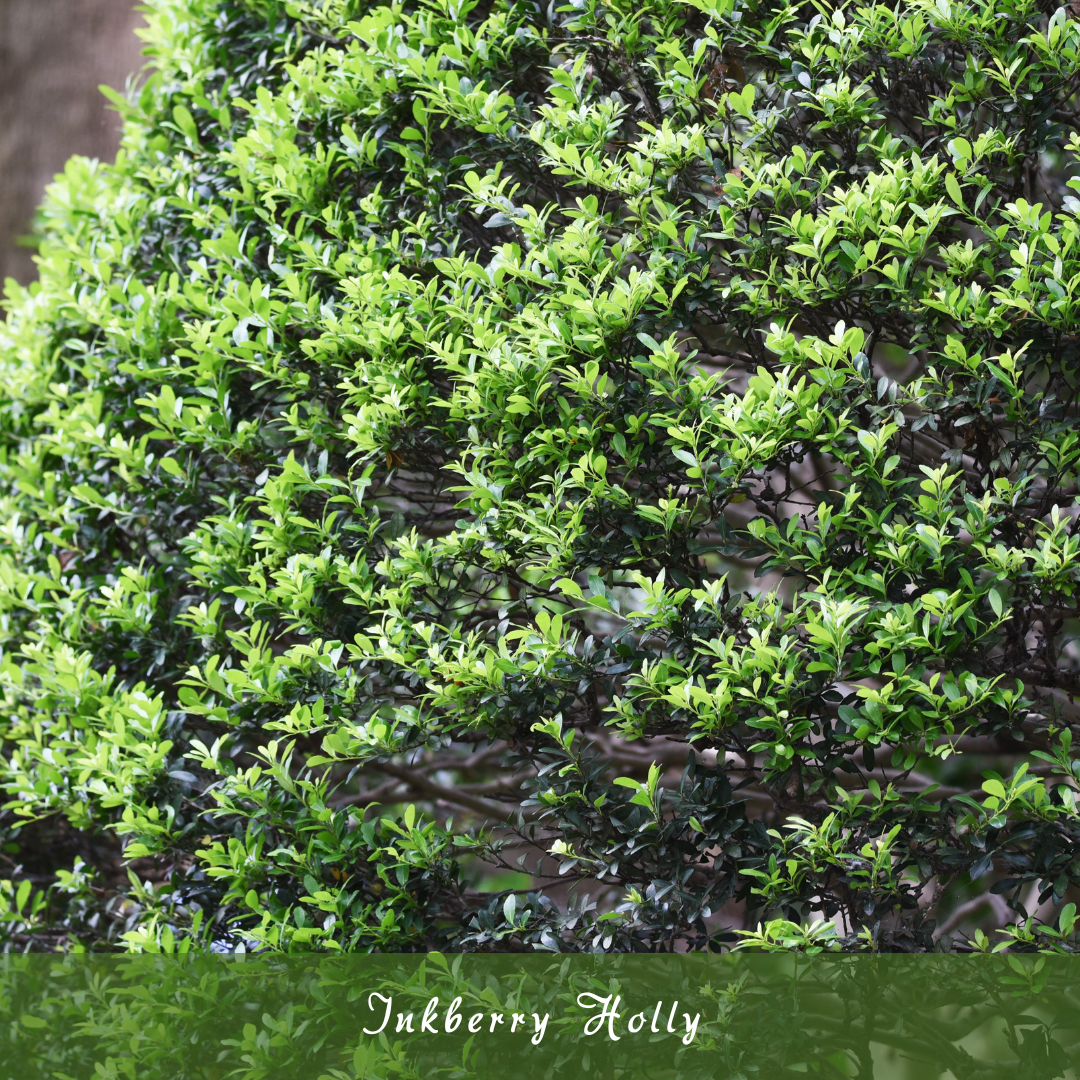
6. Winterberry Holly (Ilex verticillata)
Winterberry is one of the types of holly bushes valued for its stunning berry display after the leaves fall, making it a standout in winter landscapes. Native to North America, it adds bold colour to winter gardens.
Features
The deciduous shrub known as winterberry holly sheds its leaves in the winter, exposing bright red or orange berries. It has a rounded, bushy form and produces striking berry clusters on female plants. Its colourful berries feature a dramatic winter landscape, attracting birds and wildlife during the cold months.
Uses
Winterberry holly is perfect for adding seasonal interest to gardens, especially in winter. It’s commonly used for hedges, mass plantings, or as a specimen plant.
Its bright berries also make it an excellent choice for cut flower arrangements or holiday decorations. Birds rely on their berries for winter food.
Growing Tips
To grow winterberry holly, plant it in spring or fall in moist, acidic, well-drained soil. Rain gardens, damp meadows, and low-lying places are ideal for this plant, which grows best in full sun to partial shade.
Level the earth and dig a hole twice as broad as the root ball. After planting, water well and mulch to keep moisture in. Watering frequently is essential throughout the initial growing season.
Since only female plants produce berries, plant a male pollinator like ‘Jim Dandy’ nearby. Prune in late winter to maintain shape. Winterberry is hardy in USDA Zones 3 to 9.
7. Yaupon Holly (Ilex vomitoria)
Yaupon holly is one of the types of holly bushes that thrive in drought-prone areas and offers versatile landscape uses. Native Americans once used their leaves to brew a ceremonial tea.
Features
Yaupon holly has glossy, dark green leaves and produces red or black berries, which add seasonal interest. Its dense, rounded shape makes it popular for hedges and privacy screens. Known for its adaptability, Yaupon is one of the most heat-tolerant holly species, thriving in various conditions.
Uses
Due to its dense growth, Yaupon holly is commonly used in landscaping for hedges, screens, and foundation plantings. It’s also great for erosion control, as its deep roots help stabilize soil. Berries are a great addition to wildlife-friendly gardens since they offer a food source for birds.
Growing Tips
To grow Yaupon holly, plant it in spring or fall in well-drained, acidic soil. Where other shrubs might find it challenging to grow, it flourishes in damp or low-lying locations and prefers full sun to moderate shade.
Place the plant level with the soil surface and dig a hole twice as deep and wide as the root ball. Water deeply after planting and apply mulch to conserve moisture. Water regularly during the first growing season to help establish strong roots.
Once established, Yaupon holly is highly drought-tolerant and thrives with minimal care. Prune to remove and shape broken or dead branches in late winter or early spring. USDA Zones 7–9 are hardy.
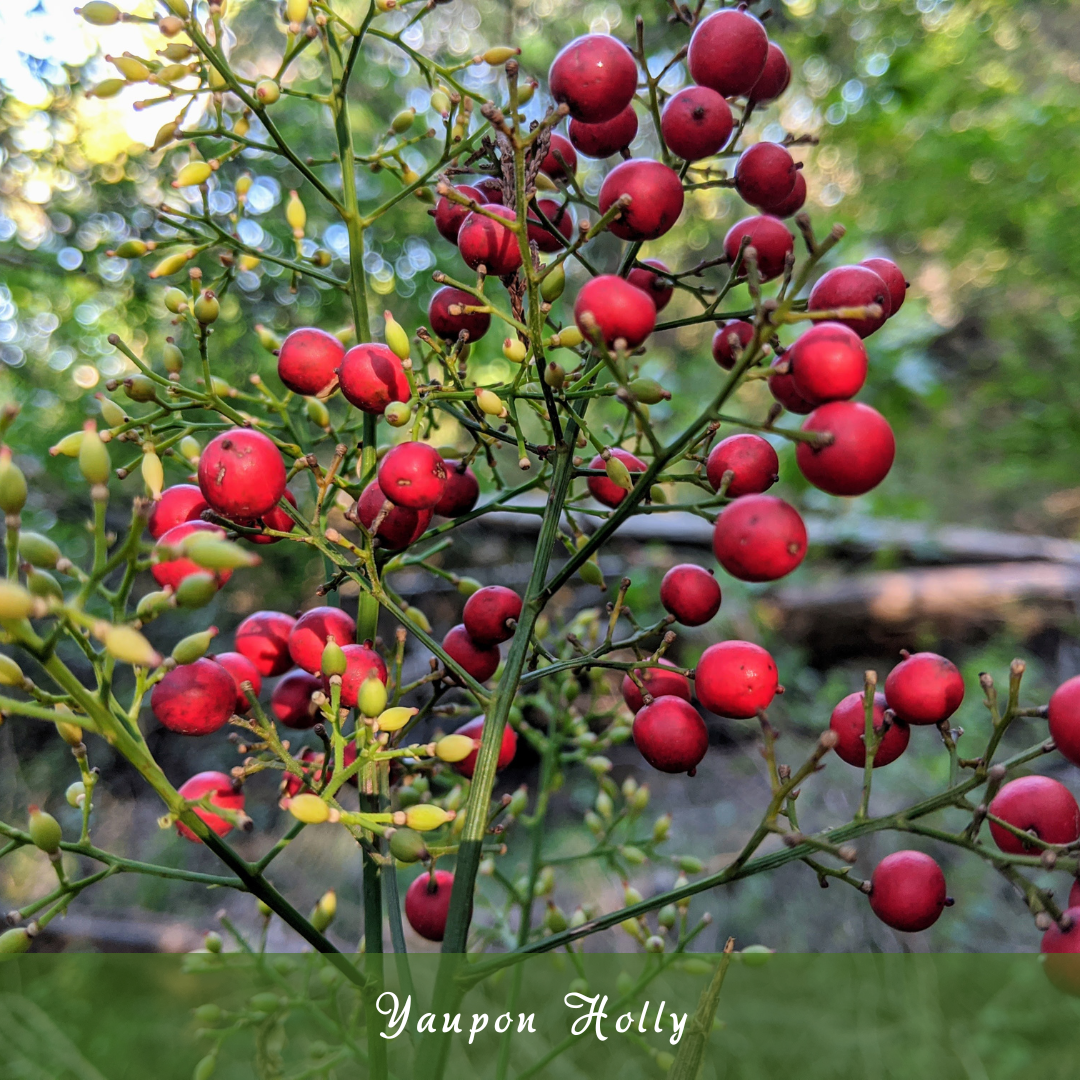
8. Hybrid Hollies
Hybrid hollies are the result of crossbreeding different species to combine the best traits of each, such as disease resistance, compact growth, and vibrant berries.
Features
Hybrid hollies are crosses between different holly species, combining the best traits of their parents. These hybrids often feature the hardiness of one species with the ornamental beauty of another.
They may have unique leaf shapes, berry colours, and growth habits, making them versatile and aesthetically appealing in landscapes.
Uses
Hybrid hollies are popular in landscaping for creating hedges, privacy screens, and specimen plants. Due to their diverse characteristics, they can be used for both formal and informal designs.
Their bright berries and dense foliage also provide excellent winter interest and attract wildlife, especially birds, making them a great choice for gardens.
Growing Tips
To grow hybrid hollies, plant them in acidic, well-drained soil in spring or fall. Pick a spot that provides full sun to partial shade to ensure the best development and fruit production.
After planting, give it plenty of water and mulch to keep it wet and keep weeds away. Keep the soil evenly moist during the first growing season to establish strong roots.
Once established, hybrids are generally low-maintenance and disease-resistant. Prune in late winter or early spring to shape or eliminate dead wood. Suitable for USDA Zones 5–9.
9. Chinese Holly (Ilex cornuta)
Chinese holly is one of the types of holly bushes known for its heat tolerance and unique leaf shape, making it a rugged and attractive option for southern landscapes.
Features
Chinese holly stands out with its bold, glossy green leaves featuring sharp, horn-like spines—hence the name cornuta. It produces large, bright red berries that contrast beautifully with its dense foliage.
This holly has a rounded, bushy growth habit and offers excellent ornamental value throughout the year, especially in winter.
Uses
Thanks to its tough nature and showy appearance, Chinese holly is ideal for hedges, barriers, or as a bold specimen plant.
The thorny leaves also make it effective for security plantings. Its striking berries and rich foliage make it a seasonal favourite for holiday arrangements and wildlife-friendly landscapes.
Growing Tips
To grow Chinese holly, plant it in spring or fall in well-drained, slightly acidic soil. Choose a sunny location, though it can tolerate partial shade.
After digging a hole twice as deep and wide, place the plant at ground level. Mulch will keep moisture in and keep weeds at bay.
Water regularly during the first year until the plant is established. After that, it becomes drought-tolerant and needs minimal care. Shape with little pruning in late winter or early spring. Best suited for USDA Zones 7 to 9.
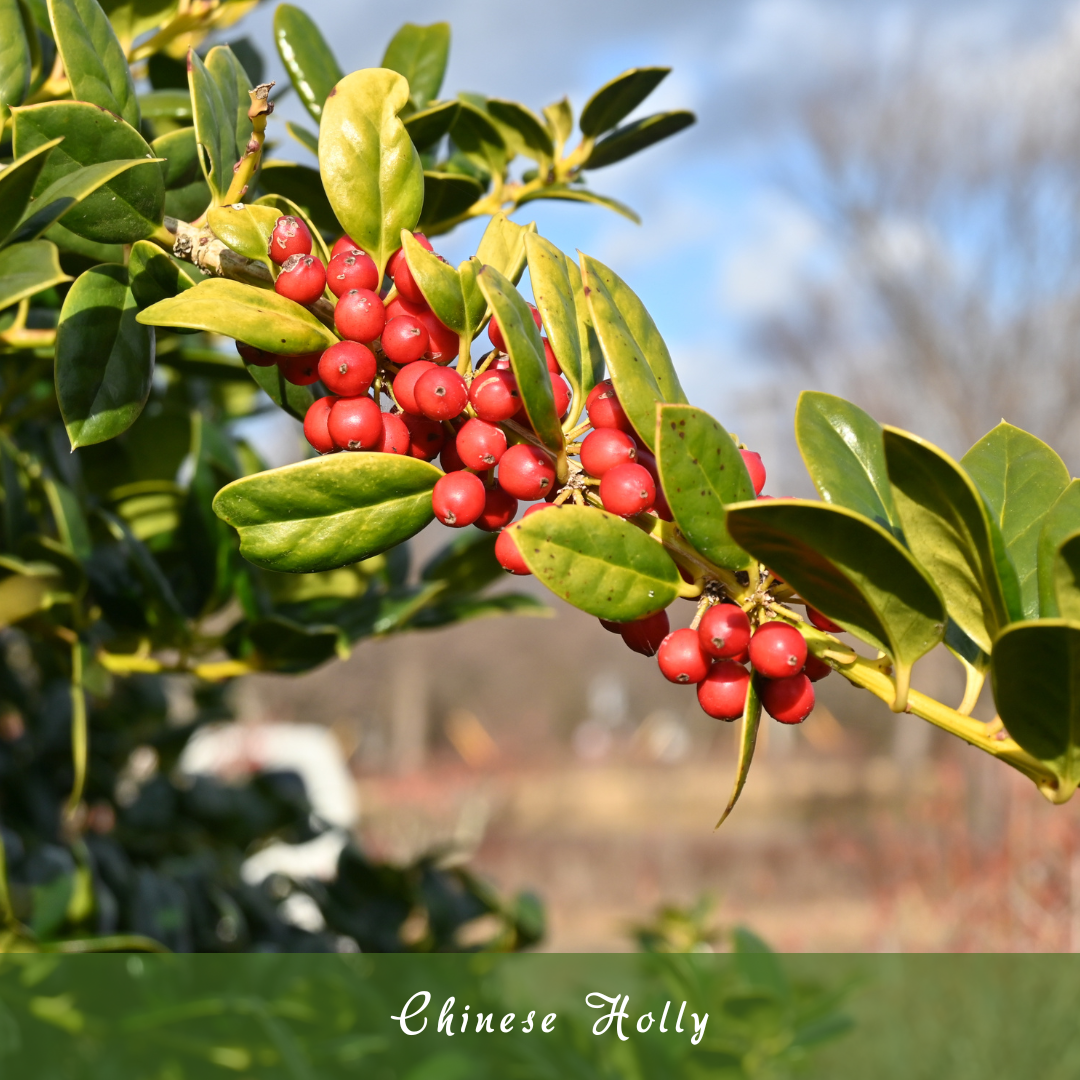
10. Blue Holly (Ilex × meserveae)
Blue holly is one of the types of holly bushes renowned for its striking blue-green foliage and vibrant red berries, adding year-round beauty to landscapes. It’s a versatile shrub that thrives in both formal and wildlife-friendly gardens.
Features
Blue holly is a hybrid between Ilex aquifolium and Ilex rugosa. It features striking blue-green foliage and is known for its dense, upright growth.
The holly’s spiny leaves and bright red berries add visual appeal in winter, making it a popular choice for ornamental and functional landscaping.
Uses
Blue holly is commonly used for hedges, screens, and foundation plantings. Its compact, pyramidal shape makes it ideal for formal garden designs.
The vibrant berries and year-round greenery also make it attractive for winter landscapes and wildlife gardens, offering food and shelter for birds in colder months.
Growing Tips
To grow blue holly, plant it in early spring or fall in acidic, well-drained soil. A spot with full sun to moderate shade will promote robust development and a bountiful crop of berries.
Set the plant level with the soil surface, and water thoroughly after planting. Mulch will keep moisture in and keep weeds at bay.
For berries, plant a male variety like ‘Blue Prince’ near female types like ‘Blue Princess.’ Water regularly during the first growing season. Once established, blue holly is low-maintenance and hardy in USDA Zones 5–9.
Conclusion
In conclusion, holly bushes offer varieties that cater to various landscaping needs, from evergreen privacy screens to wildlife-friendly plants.
Whether you're looking for compact dwarf varieties or tall, ornamental specimens, the types of holly bushes offer year-round beauty, colour, and shelter. Their adaptability, hardiness, and ease of maintenance make them a valuable addition to any garden.
I trust you enjoyed this article on the Stunning Types of Holly Bushes for Year-Round Beauty. Please stay tuned for more inspiring guides, helpful tips, and ideas to help you live closer to nature every day.
Take care!
— JeannetteZ🌿
💬 Your Opinion Is Important To Me
Do you have thoughts, ideas, or questions? I’d love to hear from you. Please leave your comments below or email me directly at Jeannette@Close-To-Nature.org.
📚 More Nature-Inspired Reads
Explore more ways to connect with nature, nurture your pets, and live in harmony with the world around you 🌿

